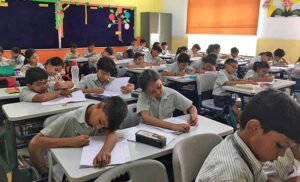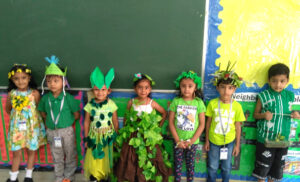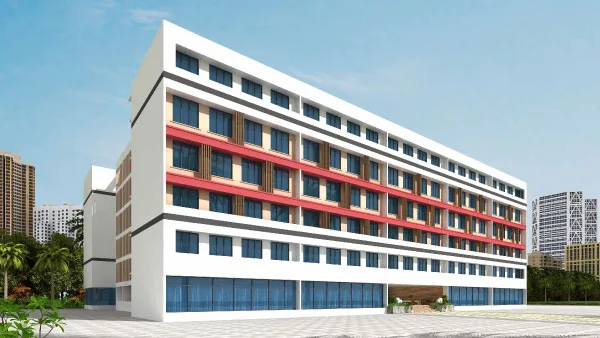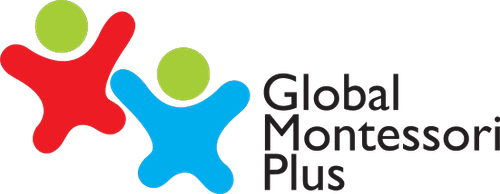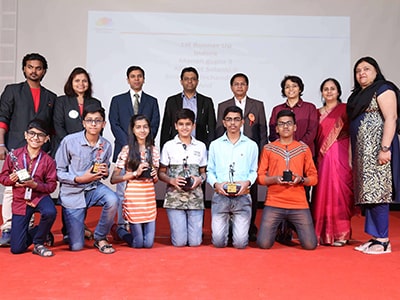Download our FREE Academic Calendar now! 📚 Start your child’s journey to success.
Choosing the apt curriculum for one’s children is equivalent to deciding their diet as per their nutritional needs. Every child has their own unique needs and therefore need to be imparted knowledge in a way that their minds can absorb the most. These days, choosing an international school is usually preferred by most parents to ensure that their children receive education that is at par with global standards. However, each school in Ahmedabad is different from the other.
In terms of the curriculum it offers, the teachers it recruits, the campus facilities it provides and other factors, each international school has its own benefits that give your child just the right education they need. For younger students, choosing the right preschool environment is responsible for shaping their perception of the world for the remainder of their lives. Therefore, parents ought to put extra emphasis on selecting the right curriculum for their child’s preschool educational needs. Let’s have a look at how Ahmedabad Schools fairs in providing optimal education for the many young children that reside in the city.
Quality of Schools in Ahmedabad
There are various cities in India like Mumbai, Chennai, Delhi, etc. that are home to some of the best kindergarten campuses in India. Ahmedabad is one of them. Considered to be an educational centre in India, Ahmedabad ensures that its best kindergartens match international standards. As a result, the quality of preschools in the city is exceptional with each school offering their own personalised approach of learning for its students to ensure that they achieve holistic development across all aspects of their personality.
With a clear understanding of the emphasis on quality education seen across preschools in Ahmedabad, we can now proceed to understanding the different types of curriculum that are provided for preschool students. This can help parents make a wise decision about the school they ought to select to improve their child’s educational experience.
Types of curriculum followed by International preschools:
1. Parent Co-ops
A parent cooperative preschool is one that involves parents taking the initiative of managing the administrative duties of running a preschool while at the same time the parents also hire teachers to take care of their children’s learning needs. At times, parents also get involved in teaching lessons and therefore the parent co-ops approach can be considered to be a tight-knit community for children. It even gives parents the freedom to mix and match curricula as per their choice to ensure that their children’s holistic development is well-taken care of.
2. Montessori programme
Developed by Italian physicist and educator Maria Montessori, the Montessori approach is based on the fact that children have an inherent desire to learn from their environment. Hence this approach focuses on giving children the freedom to learn at their own pace. There is also the provision to allow children of around 2 years of age difference to study in the same group. It emphasises teaching children collaborative skills and the curriculum has room to be customized by the teacher to meet every child’s personal needs. It is one of the most successful approaches by far and hence is adopted by many international preschools.
3. Waldorf programme
By allowing children to grow through experiences is one of the key elements of this programme. Based on the teachings and insights of Austrian scientist and writer Rudolf Steiner during the early 20th century, this approach integrates artistic activities as part of every child’s learning experience.
It allows every child to find motivation in their own actions and teachers are encouraged to create an intrinsic desire for learning among every student. The programme involves children in learning academic subjects through hands-on learning experiences. A fixed routine is set for the week so that children can find comfort in an orderly environment. Furthermore, the classrooms provide a home-like atmosphere which allows children to be themselves without any inhibitions.
4. Reggio Emilia programme
The Reggio Emilia approach is distinct from other modern programmes of schooling in the sense that the classroom environment itself is considered to be an independent source of teaching. It was devised by Italian educator Loris Malaguzzi in the town of Reggio Emilia from which this curriculum got its name. The classrooms in this approach are carefully prepared to seem authentic and welcoming.
When students enter the classroom, they ought to feel at comfort with their surroundings as this can help them in exploring their ideas freely. The teachers are expected to take part in group activities along with children. They are also encouraged to click photos and videos of classroom activities. These can be later shared with parents or can also be used by teachers to improve their own teaching methods.
5. HighScope programme
Developed from insights gained from the 1962 Perry Preschool study, the HighScope approach focuses on treating learning as play as the main mode of imparting knowledge to children. It has 58 key development indicators (KDI) as a part of its curriculum. These KDIs guide the teachers in choosing which activities to involve students in, in order to ensure their development. It places special emphasis on children’s relationships with their parents and teachers who can gently influence children to learn about various subjects in different ways.
6. Bank Street programme
An approach that was developed by educationist Lucy Sprague Mitchell, the Bank Street method of learning was founded in New York in 1916. It is considered to be one of the most progressive methods of education that focuses on ensuring the holistic development of children. The approach holds the belief that children learn the best by interacting with their objects of study.
So whether it be their classroom environment or their subject material, each child is allowed to learn at their own pace by taking their time to explore every aspect. These kinds of activities help them to know themselves better and therefore enjoy their learning experience through active engagement in the classroom.
While there are multiple learning approaches to choose from for our children’s education, it is important to know that the most modern and innovative approaches hold the principle of holistic development at the core of their philosophy. Hence, parents need to make sure that the international preschool they choose for their child satisfies all the criteria to ensure that their children are getting world-class education.







